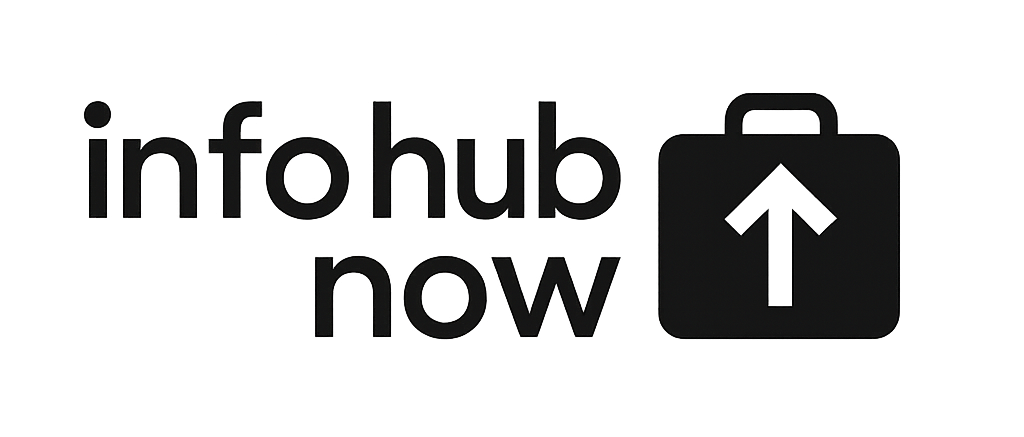This shift offers numerous benefits, including greater flexibility, access to global talent, and the ability to work from anywhere.
However, while remote work offers opportunities for employees and businesses alike, it also presents several unique challenges. Communication, collaboration, company culture, and employee well-being require new strategies in a remote-first or hybrid environment. In this article, we’ll explore the key challenges and opportunities that come with embracing remote work and how businesses can navigate them successfully.
- Understanding the Benefits of Remote Work
- Overcoming Communication and Collaboration Barriers
- Maintaining Company Culture in a Remote Environment
- Ensuring Employee Well-Being and Work-Life Balance
- Managing Performance and Accountability in a Remote Setting
- Conclusion
Understanding the Benefits of Remote Work
Remote work offers a variety of benefits for both employers and employees. For businesses, remote work allows access to a broader talent pool, enabling them to hire the best candidates regardless of location. For employees, it provides increased flexibility, a better work-life balance, and the ability to work in a comfortable and personalized environment.
Some key benefits include:
- Cost savings: Employers can reduce overhead costs related to office space, utilities, and commuting reimbursements.
- Employee satisfaction: Remote work can increase job satisfaction, reduce stress, and improve employee retention.
- Global talent pool: Businesses can hire top talent from anywhere, leading to more diverse and skilled teams.
However, remote work requires careful planning and the right infrastructure to ensure these benefits are fully realized. It’s essential for businesses to implement the right strategies to address the challenges that come with remote work.
Overcoming Communication and Collaboration Barriers
One of the biggest challenges with remote work is ensuring that communication and collaboration are not hindered by physical distance. In an office setting, employees can easily walk over to one another for quick questions, spontaneous brainstorming sessions, or face-to-face meetings. Remote work requires more deliberate communication practices.
Key strategies to overcome these barriers:
Clear communication channels: Use tools like Slack, Microsoft Teams, or Zoom for messaging and video calls.
Scheduled meetings and check-ins: Regular team meetings, one-on-ones, and project updates keep everyone aligned and foster collaboration.
Encourage asynchronous communication: Not all communication needs to be immediate. Using email or shared project management tools (e.g., Asana, Trello) for updates can reduce the pressure of constant availability.
By using the right tools and fostering a culture of clear and transparent communication, remote teams can collaborate as effectively as they would in the office.
Maintaining Company Culture in a Remote Environment
Company culture thrives on connection, shared values, and informal interactions. In a remote environment, these can be more difficult to cultivate. Employees may feel disconnected from their colleagues and company goals, which can lead to disengagement over time.
To maintain a strong company culture remotely, businesses can:
- Host virtual social events: Organize casual, non-work-related virtual meetups, coffee breaks, or team-building activities to foster connections.
- Define and communicate values: Make sure your company values are clearly articulated and lived through everyday behaviors, even in a virtual setting.

- Encourage open feedback: Creating spaces where employees feel comfortable sharing their thoughts helps maintain a sense of community and inclusion.
A strong, inclusive culture can be maintained in a remote setting if businesses are intentional about creating opportunities for connection, both socially and professionally.
Ensuring Employee Well-Being and Work-Life Balance
While remote work can enhance work-life balance by eliminating commutes, it also creates challenges in maintaining boundaries between personal and professional life. Without a clear separation between the two, employees may experience burnout, feel overworked, or struggle with mental health issues.
To support employee well-being in a remote environment:
Encourage regular breaks: Use techniques like the Pomodoro method to help employees stay productive without feeling overwhelmed.
Promote healthy work habits: Encourage employees to set boundaries on work hours and disconnect outside of those hours.
Provide access to mental health resources: Offer support through employee assistance programs (EAPs), mental health days, or wellness initiatives.
Creating a healthy remote work environment requires a focus on well-being, clear work-life balance boundaries, and resources for support.

Managing Performance and Accountability in a Remote Setting
One of the main challenges of remote work is how to manage performance effectively. In traditional office settings, managers often rely on direct supervision and physical presence to gauge an employee’s productivity. However, in a remote environment, employees work in different locations, sometimes across multiple time zones, making it difficult to track their activities and monitor performance in the traditional sense. This shift requires a change in how we measure success, focusing more on results and outcomes rather than time spent in the office.
Here are several ways to manage performance and ensure accountability remotely:
Set Clear Expectations and Goals
The first step in managing performance remotely is to establish clear expectations. It’s essential that everyone understands what is expected of them, what their key performance indicators (KPIs) are, and how their success will be measured. This means setting specific, measurable, achievable, relevant, and time-bound (SMART) goals.
- Clearly define roles and responsibilities: Ensure that each team member knows what they are responsible for and how their tasks contribute to the overall success of the team or company.
- Set regular check-ins and progress reviews: Instead of relying on daily visibility, schedule weekly or bi-weekly check-ins to discuss progress on key tasks, address any blockers, and review goals.
By having clear goals and expectations from the start, both employees and managers can avoid misunderstandings and ensure that everyone is on the same page.
Use Project Management Tools to Track Progress
With a remote workforce, traditional methods of tracking performance (such as walking around the office and asking for updates) are no longer viable. Instead, businesses need to leverage project management software to track tasks, deadlines, and project progress. Tools like Asana, Trello, Monday.com, and Basecamp offer teams the ability to break down projects into manageable tasks, assign responsibilities, and track the completion of each task in real-time.
- Visual task tracking: These tools often include Kanban boards or timelines, providing an easy visual reference for everyone to see what’s been completed and what’s left to do.
- Transparency and collaboration: When everyone can see the progress of different tasks, it helps foster collaboration, accountability, and transparency within the team.
These platforms allow for real-time updates, so there’s no need for constant follow-up emails or messages. Tasks are automatically updated as completed, giving managers a clear picture of the project’s status.
Focus on Results, Not Hours Worked
One of the most important mindset shifts in remote work is moving away from measuring input (time worked) to measuring output (results delivered). In a remote environment, employees are not being observed in person, so the focus should be on whether the tasks are being completed and the quality of the work being produced, not just how many hours someone spends online.
- Results-driven KPIs: Rather than tracking hours, focus on outcomes such as meeting project deadlines, achieving sales targets, or successfully delivering key deliverables.
- Flexibility in work hours: Allow employees the flexibility to work at times that suit them, knowing that as long as the work is done to a high standard and within agreed timelines, their personal schedules can vary.
- Avoid micromanagement: Trust that your employees can complete their tasks without being constantly monitored. Instead of micromanaging, give them the autonomy to manage their own schedules while holding them accountable for meeting deadlines and targets.
This shift to results-based performance management encourages greater trust and independence within the team and allows employees to work in a way that suits their personal productivity rhythms.
Conclusion: Embracing Hybrid and Remote Work Models for Long-Term Success
The rise of remote work is reshaping the future of work, offering flexibility and numerous benefits for both employees and employers. However, to make remote work successful, businesses must address key challenges like communication, team collaboration, employee well-being, and performance management. By adopting the right tools, setting clear expectations, and creating a supportive culture, remote work can be a sustainable and productive model for the future.
Organizations that embrace remote work thoughtfully will not only see improvements in employee satisfaction but also increase their ability to attract and retain top talent from around the world. With the right strategies in place, the future of remote work is bright.








